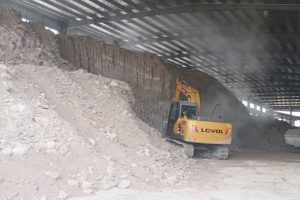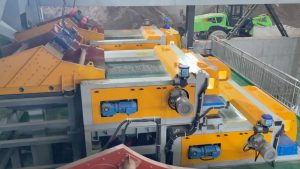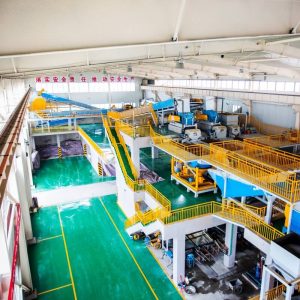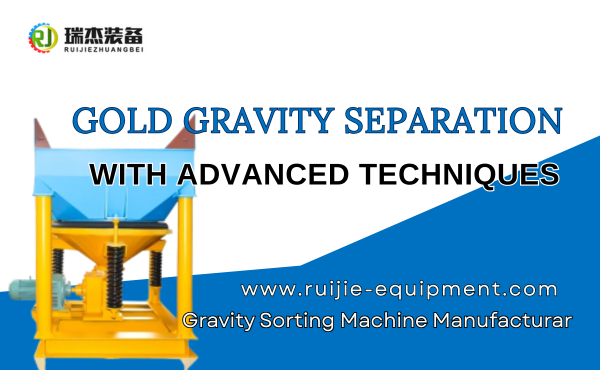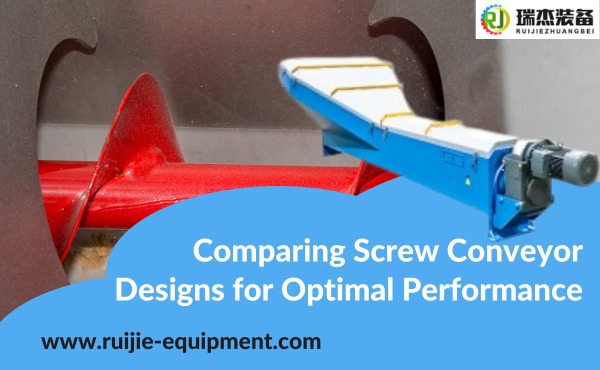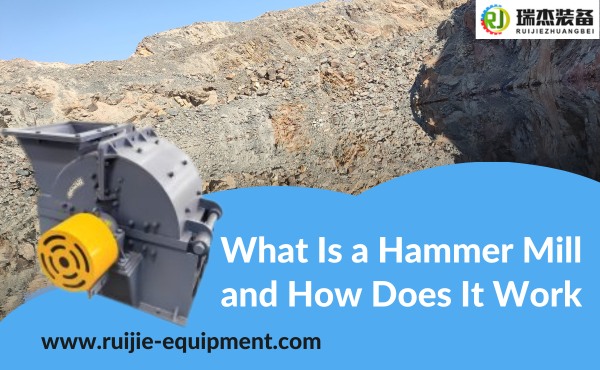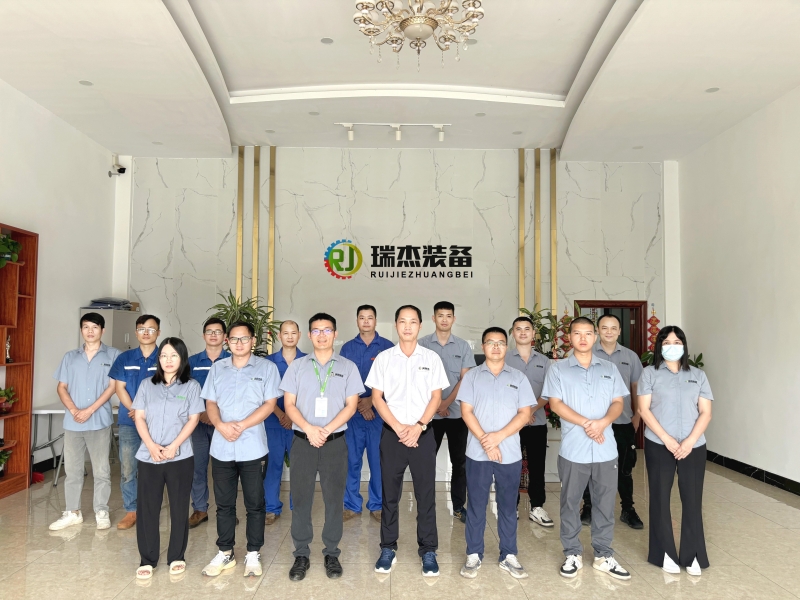Incinerator bottom ash recycling allows valuable metals to be extracted through advanced recovery methods. Metal recovery from this waste-to-energy byproduct reduces landfill use, lowers environmental impact, and conserves natural resources. This process supports sustainability by promoting the circular economy and reducing industrial waste. Recycling metals from incinerators also minimizes raw material extraction, decreases carbon emissions, and contributes to waste-to-energy efficiency. In this article, we will explore the benefits, methods, and technologies used in incinerator bottom ash recycling for metal recovery.
Key Takeaways
- Getting metals from incinerator ash cuts down trash in landfills.
- Special methods, like magnets and eddy currents, pull out useful metals.
- Recycling metals helps the economy and protects the environment.
Understanding Incinerator Bottom Ash
What is Incinerator Bottom Ash?
Incinerator bottom ash refers to the residue left after burning municipal solid waste in a waste-to-energy facility. This material forms the largest portion of the byproducts generated during the incineration process. It typically consists of non-combustible materials that remain after the combustion of waste. These materials include metals, glass, ceramics, and unburned organic matter.
The ash is collected from the bottom of the incinerator chamber. Its properties depend on the type of waste burned and the efficiency of the incineration process. Proper management of this ash is essential to reduce environmental impact and maximize resource recovery. Recycling incinerator bottom ash helps extract valuable materials, such as metals, that can be reused in various industries.
Composition and Characteristics of IBA
The composition of incinerator bottom ash varies based on the waste processed. However, it generally contains a mix of metals, minerals, and other materials. Metals like aluminum, copper, and steel are commonly found in significant quantities. These metals can be recovered through advanced separation techniques.
Minerals in the ash include silicates and oxides, which can be used in construction materials. The ash also contains small amounts of unburned organic matter and glass fragments. Its physical characteristics, such as particle size and density, influence the methods used for sorting and recycling.
Incinerator Bottom Ash Recycling Process
Pre-Treatment and Cooling of IBA
Pre-treatment is the first step in bottom ash processing. After incineration, the ash remains extremely hot. Cooling it is essential to make it safe for handling and further processing. Facilities often use water quenching or air cooling to reduce the temperature. This step also helps stabilize the material and prevent dust formation during handling.
Cooling prepares the incinerator bottom ash for the next stages of recycling. It also reduces the risk of equipment damage caused by high temperatures. Proper pre-treatment ensures that the ash is ready for efficient sorting and separation.
Screening and Size Reduction
Screening separates the ash into different particle sizes. This process uses vibrating screens or rotating drums to classify materials. Larger particles, such as metal fragments, are separated from finer materials like sand and dust. Size reduction may follow, where crushers or grinders break down larger pieces into smaller, manageable sizes.
This step is crucial in bottom ash processing. It ensures that materials are uniform in size, which improves the efficiency of subsequent separation techniques. Screening also helps remove oversized or unwanted debris, streamlining the recycling process.
Magnetic and Eddy Current Separation
Magnetic separation targets ferrous metals like iron and steel. Magnets attract these materials, pulling them out of the ash. Eddy current separation, on the other hand, focuses on non-ferrous metals such as aluminum and copper. This method uses magnetic fields to repel non-ferrous metals, effectively isolating them.
These techniques are vital in waste-to-energy facilities. They recover valuable metals from incinerator bottom ash, reducing the need for raw material extraction. The recovered metals can then be reused in manufacturing, supporting sustainable waste processing practices.
Environmental and Economic Benefits of Incinerator Bottom Ash Recycling
Contribution to the Circular Economy
Recovering metals from incinerator bottom ash plays a vital role in advancing the circular economy. This approach emphasizes keeping materials in use for as long as possible. By extracting and reusing metals, industries reduce their reliance on virgin resources. This practice not only conserves natural materials but also minimizes the environmental impact of mining and raw material extraction. Recycling metals from waste streams ensures that valuable resources are not lost to landfills. Instead, they re-enter the production cycle, supporting sustainable waste management practices.
Reduction in Carbon Footprint and Raw Material Extraction
Metal recovery from incinerator bottom ash significantly reduces the carbon footprint of industrial processes. Extracting metals from waste requires less energy compared to mining and refining raw ores. This energy efficiency leads to lower greenhouse gas emissions. Additionally, the process decreases the need for raw material extraction, which often involves environmentally damaging activities like deforestation and habitat destruction. By integrating resource recovery into waste-to-energy systems, facilities contribute to a cleaner and more sustainable future.
Economic Opportunities from Recycled Metals
Recycling metals from incinerator bottom ash creates economic opportunities for industries and communities. Recovered metals, such as aluminum, copper, and steel, hold substantial market value. Selling these materials generates revenue that offsets the costs of waste management operations. Furthermore, the recycling industry supports job creation in sorting, processing, and manufacturing sectors. By striving for zero waste to landfill, businesses can enhance their profitability while promoting environmental stewardship.
Conclusion
Recovering metals from incinerator bottom ash supports sustainability and resource efficiency. This process reduces landfill waste and promotes the creation of sustainable products. It also enhances waste-to-energy systems by minimizing environmental harm and generating economic value. Adopting advanced recycling technologies ensures a cleaner future while maximizing resource recovery, reducing dependence on virgin materials, and supporting a circular economy.
BUY INCINERATOR BOTTON ASH SEPARATORS HERE
FAQ
What types of metals can be recovered from incinerator bottom ash?
Metals like aluminum, copper, and steel are commonly recovered. These materials hold significant value and can be reused in various industries.
How does metal recovery benefit waste-to-energy systems?
Metal recovery enhances waste-to-energy efficiency by reducing landfill waste. It also supports sustainability by conserving resources and minimizing environmental harm.
Is metal recovery from incinerator bottom ash cost-effective?
Yes, it generates revenue from recycled metals. This offsets waste management costs and creates economic opportunities in recycling and manufacturing sectors.

